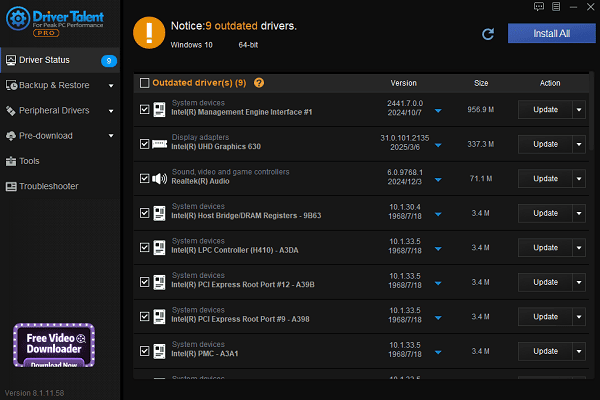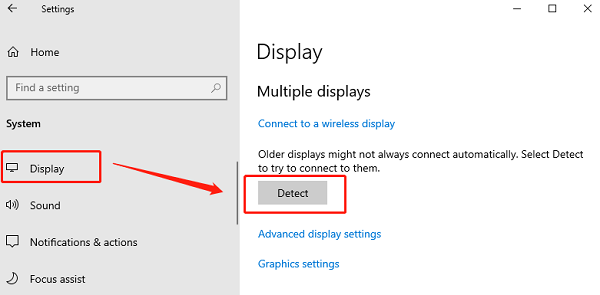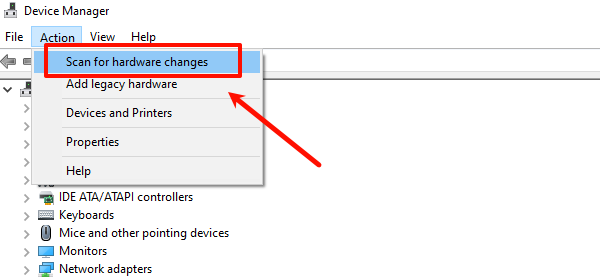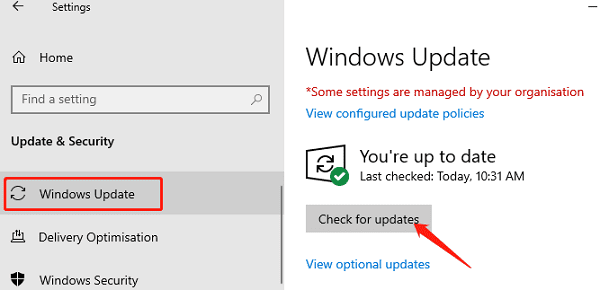
In everyday work or when using multiple displays, many users connect their laptops or desktops to external monitors.
However, Windows may sometimes fail to recognize the external display, resulting in no image output or inability to extend the screen, which disrupts normal use.
This article explains the common causes and practical solutions to help you quickly restore multi-display functionality.
1. Common Symptoms
External monitor shows "No signal" or remains black
The second display doesn't appear in display settings
Unable to extend or duplicate the screen
Display is shown as "Generic Monitor" or resolution settings are unavailable
The "Detect" button doesn't respond or monitor name doesn't change
2. Causes of External Display Not Being Recognized
Loose or faulty cable/port connection:
Unstable connections with HDMI, DisplayPort, VGA, etc., can prevent Windows from recognizing the monitor.
Outdated or incompatible graphics driver:
Driver issues may prevent proper image signal output to the monitor.
Incorrect display settings:
Settings may be configured to "show only on primary display" or not set to extend.
System misidentification or cache conflict:
Windows may fail to detect new displays due to update bugs or cache issues.
Monitor not powered on or faulty:
If the monitor is off, set to the wrong input, or damaged, it may not be recognized.
3. Solutions to Fix External Display Not Detected
Method 1: Update Graphics Drivers
Faulty drivers are a common cause of display issues. For users unfamiliar with manual installation, it's recommended to use a tool like Driver Talent, which automatically detects and updates the correct drivers.
Download the latest version of Driver Talent and install it.
Launch the tool and click "Scan" to detect all drivers.
Locate the display driver in the results and click "Update".

Reboot your computer to ensure the new driver is applied.
Method 2: Check Physical Connections
Make sure HDMI/VGA/DP cables are securely connected and not damaged.
Try a different cable or test the monitor on another PC.
Ensure the monitor is turned on and the correct input source (e.g., HDMI1, HDMI2) is selected.
Method 3: Manually Detect the Monitor
Right-click on the desktop and select "Display Settings".
Scroll down and click the "Detect" button.

If successful, select Extend these displays or Second screen only in the "Multiple displays" section.
Method 4: Use Shortcut Keys to Enable Display Output
Some laptops require shortcut keys to enable external displays.
Try pressing "Win + P" and selecting Duplicate, Extend, or Second screen only.
You can also try "Fn + F4/F5/F8" depending on your laptop brand.
Method 5: Check Display Adapter in Device Manager
Right-click the Start button and open "Device Manager".
Expand the "Display adapters" section and check for any yellow exclamation marks.
If there's an issue, uninstall the adapter and click "Scan for hardware changes" to reinstall it.

Method 6: Update Windows
Go to Settings > Update & Security > Windows Update.
Click "Check for updates".

Download and install any updates found, and restart your PC.
4. FAQ
Q1: The monitor isn't detected, but I hear the "device connected" sound?
A: This suggests the system recognized the hardware but failed to configure display output. Try updating your driver or adjusting display settings.
Q2: HDMI works, but USB-C adapter doesn't?
A: Some adapters don't support video output. Use one that supports DP Alt Mode or try a certified USB-C docking station.
Q3: Monitor is detected, but resolution can't be changed?
A: This may be due to a generic display driver or compatibility issues. Try updating the driver to fix it.
5. Final Tips
Regularly update system and graphics drivers
Avoid frequent plugging/unplugging to reduce port wear
Use certified cables and adapters
Contact technical support if the issue persists
With the methods above, most external display detection issues on Windows can be diagnosed and resolved quickly. Maintaining up-to-date drivers and proper system care ensures a smooth and reliable multi-display experience.
See also:
Fix ntoskrnl.exe High Disk Usage Issue on Windows 10
[Fixed] ntkrnlmp.exe BSOD Error on Windows 11
Razer Headset Mic Not Working on PC? Try These Fixes
How to Fix a Slow Internet Connection on Windows
Qualcomm Atheros QCA61x4A Driver Download and Installation Guide









